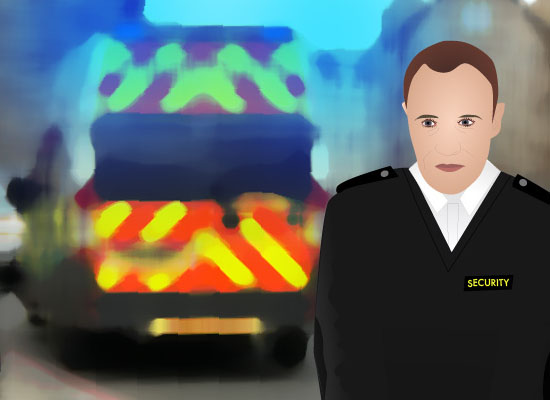A paramedic arrives by car, closely followed by an ambulance manned by a paramedic and a student ambulance technician. One of the paramedic assumes the role of team leader and allocates responsibilities within the team.
Please enable JavaScript in your browser to see this interactive content.
Edward is taken to the ambulance, accompanied by Fiona, who is so upset that she does not acknowledge Craig before she leaves. The paramedics travel in the back of the ambulance. As he has been responsible for informing and supporting Fiona while Edward was prepared for transport, the student technician drives the ambulance, with Fiona alongside him. Before he leaves, one of the paramedics congratulates Craig on a “job well done.”

Research (Mathiesen et al, 2016) suggests that the majority of lay rescuers want to know the overall outcome of their resuscitation attempts. Once Edward has been taken into the ambulance, Craig’s role in the event is over and he returns to work. Over the course of the next few days, he often wonders what has happened to Edward and whether or not he has made a full recovery.
Craig – now needs to give concise and accurate information to the paramedic. What happened? How long was Edward collapsed before CPR commenced? How long did he carry out CPR for? Did he administer any shocks? When was ROSC established?
1st Paramedic – assesses the situation and Edward’s condition. Responsible for ensuring Edward is in a stable enough condition to transfer to hospital.
Student ambulance technician – is tasked with dealing with a still distressed Fiona and the bystanders.
2nd Paramedic – helps the 1st paramedic with technical tasks, such as establishing intra-venous access. Helps prepare Edward for transfer to hospital.
Pulse point
The Resuscitation Research Group, Edinburgh, is currently evaluating the impact a Resuscitation Rapid Reponse Unit (3RU) has on OHCA survival rates. This involves having a second tier, elite response to OHCAs. For information on the project, visit:


